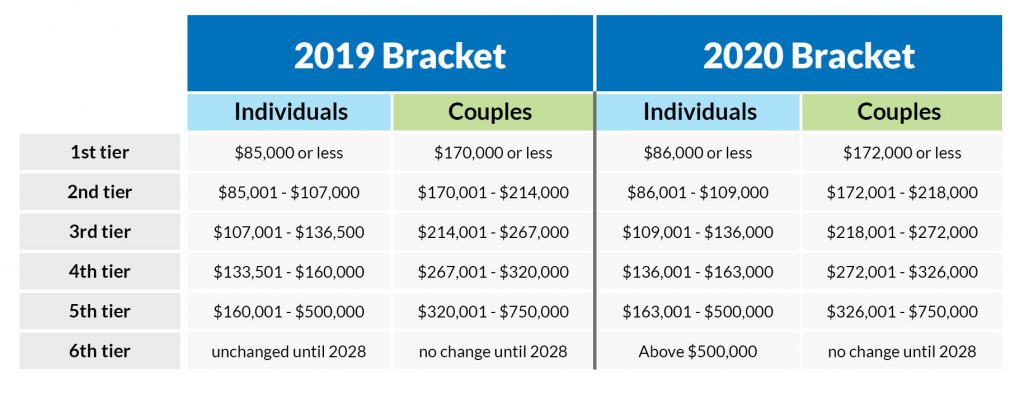Medicare normally kicks in when you turn 65. You can enroll 3 months before you turn 65, the month you turn 65, and three months after the month you turn 65. While it is mandatory to enroll when you turn 65, you do have the option to opt out and push your enrollment into the program. However, when you do this, you are at risk of facing a penalty.

Having Coverage
If you are still employed, or have coverage, then you can opt out of signing up for Medicare. As long as your employer has 20 or more employees, then you can hold off on Medicare, and will not have to worry about the penalty. You can still sign up for Medicare Part A. It does not cost you anything and will cover hospital visits, and can act as a secondary insurance to your employer’s insurance.
Collecting Social Security
If you are collecting Social Security, then you will automatically be enrolled into Medicare Parts A and B. You have the option to cancel or opt out of Part B if you have coverage through an employer. However, if you opt out, then you will face a penalty. Medicare Part B covers doctors’ services, outpatient care, and medical equipment.
The Penalty
Opting out of Medicare Part B without a valid reason, such as being on an employer’s insurance, then you will pay a penalty fee. When you decide to finally sign up for Medicare Part B, then you will have to pay 10% to your monthly premiums. This penalty can remain as part of your monthly premiums for a long time.
Every full 12-month period (year) that you could’ve had Part B, but did not take it, you will pay a 10% penalty for as long as you have Part B. For example, if you opt out of signing up for Part B benefits for 2 years, then you will face a 20% penalty fee added onto your monthly Part B premiums forever. If you opt out for 4 years, then you will face a 40% penalty, as so forth.

When You Are Safe From Penalties
If you miss your enrollment date, you have a General Enrollment Period, GEP, in which you can sign up if you missed signing up when you were eligible. It is a make-up time for Medicare enrollment and us January 1-March 31 every year. If fewer than 12 months have elapsed, then you will not pay a penalty fee. Other situations you can avoid the penalties are:
- If you have Medicaid and Medicare. The state pays the Part B premiums.
- If you qualify for assistance from your state in paying Medicare costs under a Medicare Savings Program.
It is not mandatory to sign up for Medicare when you turn 65, depending on your situation. If you do not sign up when you are supposed to, then you will be penalized, unless you have employer coverage or are in the aforementioned situations. It is best to go over your situation and make sure you are making the best decision. Talk to a Medicare agent beforehand so that you are aware of all of your options, and how you can avoid any extra fees.
EZ.Insure can help you with these kinds of situations. We offer specialized Medicare agents within your area that can go over all of your options and make sure you are in the best situation. If you would like to speak to an agent, call 888-753-7207 or email us at replies@ez.insure. Or if you would like an instant quote, enter your zip code in the bar above. Our services are free, because our goal is to help you, and make sure you are taken care of.










